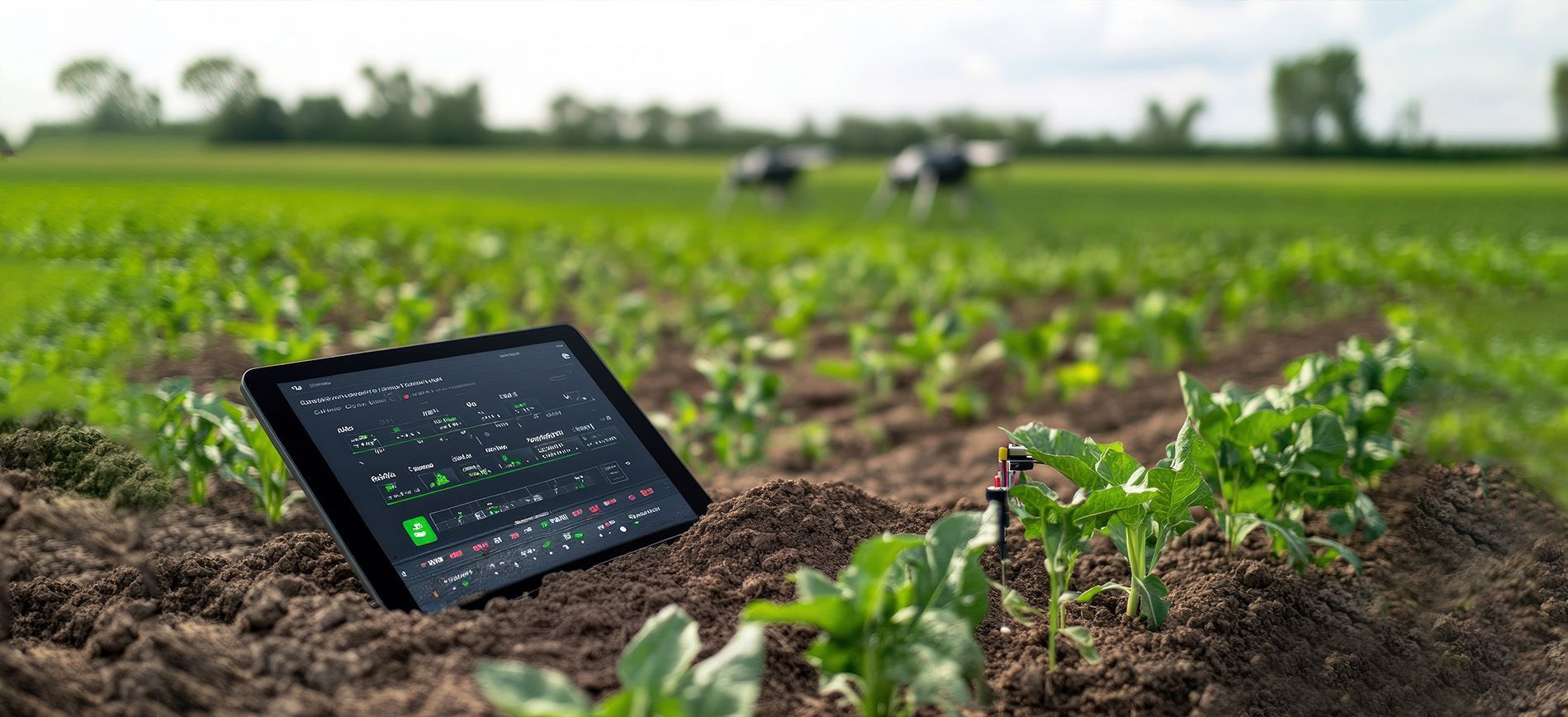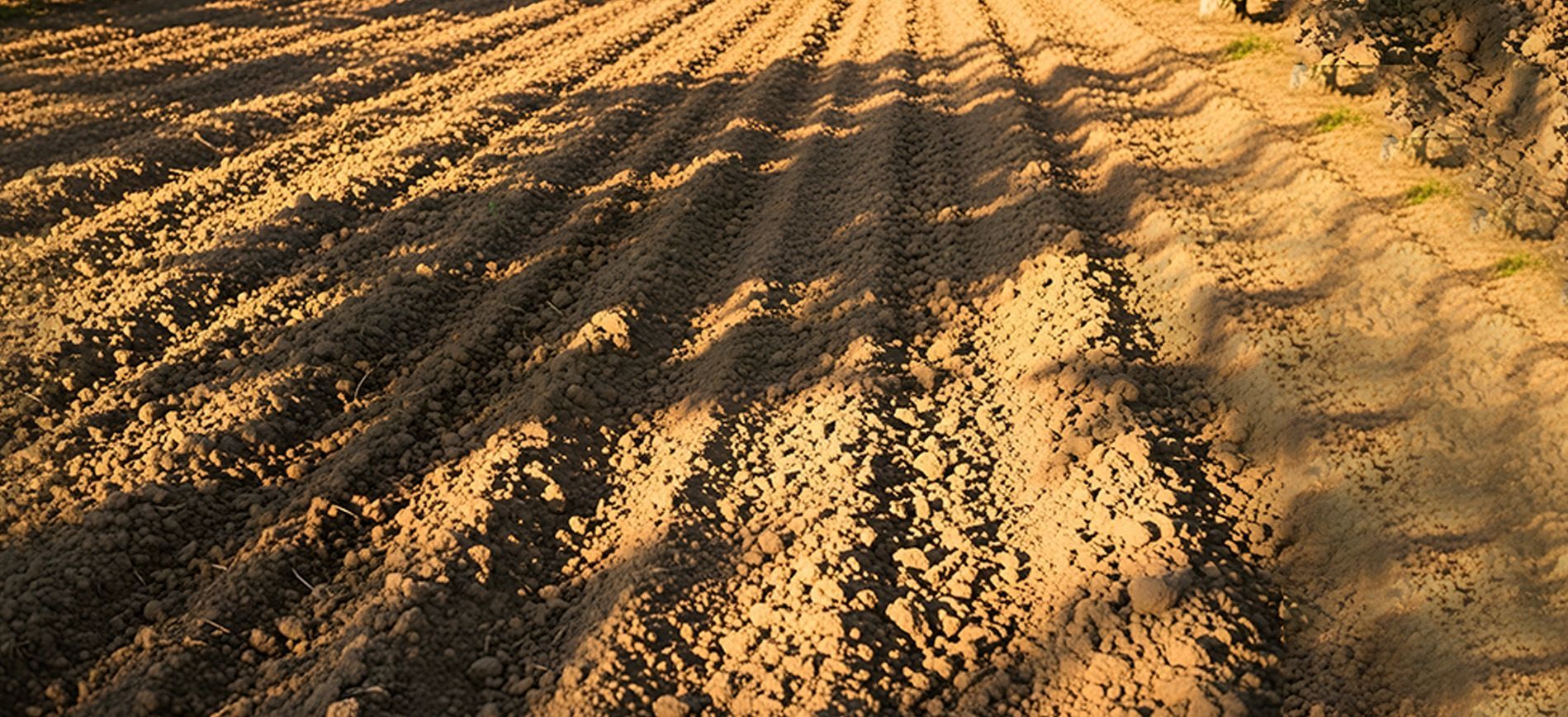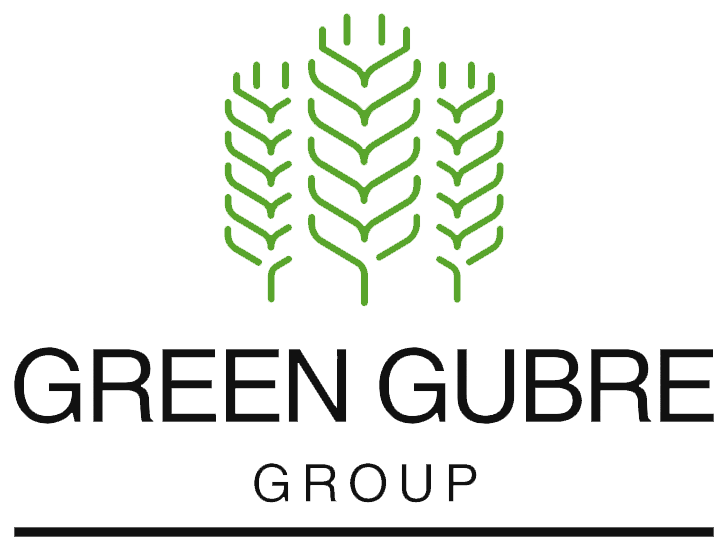Climate-Resilient Fertilizers – Innovation for Drought, Flood, and Poor Soils
Climate-Resilient Fertilizers – Innovation for Drought, Flood, and Poor Soils

Introduction: A Fertilizer Strategy for a Changing Climate
As climate change intensifies, farmers in Africa, Southeast Asia, and other vulnerable regions face a triple challenge: drought, flooding, and degraded soils. These environmental stressors threaten crop yields and food security, especially for smallholders with limited input access.
Enter climate-resilient fertilizers—a new generation of formulations designed to withstand extreme conditions and support sustainable productivity. This blog explores how slow-release, water-soluble, and coated fertilizers are reshaping regional strategies and becoming essential for climate-smart agriculture in 2025.
1. Why Climate-Resilient Fertilizers Matter Now More Than Ever
From Kenya’s drought-prone drylands to Bangladesh’s flood zones and Vietnam’s salinity-affected deltas, conventional fertilizers often fail under extreme stress.
Key problems with traditional formulations:
- Rapid leaching during floods or heavy rains
- Nutrient volatilization under high temperatures
- Poor absorption in degraded or compacted soils
By contrast, resilient fertilizers offer more precise nutrient delivery, longer effectiveness, and higher tolerance to environmental stress.
2. Types of Climate-Resilient Fertilizers Gaining Ground
A. Slow-Release Fertilizers (SRFs)
Formulated to release nutrients gradually over weeks or months.
Benefits:
- Ideal for drought zones with infrequent rainfall
- Reduces nitrogen loss and improves nutrient use efficiency (NUE)
- Less frequent application—reducing labor burden
Use Case: SRFs are widely used in maize and wheat production in Ethiopia and Morocco.
B. Water-Soluble Fertilizers (WSFs)
Highly dissolvable, compatible with drip irrigation and fertigation systems.
Benefits:
- Immediate nutrient uptake during short wet periods
- Perfect for greenhouse farming and small plots
- Enables dose control in water-scarce regions
Use Case: WSFs are transforming vegetable production in East Africa and Vietnam.
C. Polymer-Coated and Urease-Inhibited Urea
Granular urea with polymer or sulfur coatings delays nutrient loss.
Benefits:
- Enhanced resilience in sandy or flood-prone soils
- Improved nitrogen efficiency during temperature extremes
- Compliant with ESG and CBAM carbon metrics
Use Case: Widely piloted in Southeast Asia for rice and sugarcane under high humidity.
3. Regional Trends – Africa and Southeast Asia at the Forefront
Africa
- Ethiopia and Kenya: Adoption of coated urea in response to erratic rainfall.
- Senegal and Ghana: Soil health programs integrate SRFs into cereal and legume systems.
- Nigeria: Government-led initiatives promoting polymer-coated urea through blending partnerships.
Southeast Asia
- Indonesia and Vietnam: Subsidies for water-soluble NPKs in horticulture.
- Philippines and Thailand: Climate-smart agriculture (CSA) programs integrating slow-release inputs with irrigation planning.
4. Government and Donor Push for Climate-Smart Inputs
Donors and ministries are aligning with climate-smart goals by:
- Offering subsidies for climate-resilient formulations
- Bundling fertilizers with insurance and advisory services
- Supporting local production of advanced fertilizers via
PPP models
Pro Tip for Suppliers: To win tenders, include climate-resilient specs, traceability data, and field trial results in your offers.
5. Marketing Innovation – Show the Impact
Buyers—especially cooperatives and NGOs—want
proof of performance.
What works:
- Demo plots showing yield gains under drought or flooding
- Side-by-side comparisons with conventional fertilizers
- Case studies from real farms with before/after productivity data
Digital Tools: Offer mobile apps for dosage, soil condition tracking, and feedback collection.
Conclusion: A Fertilizer Revolution Shaped by Climate
In 2025, climate-resilient fertilizers will no longer be optional but essential. As environmental shocks become more frequent, fertilizer innovation must keep pace. The future lies in products that adapt to water extremes, restore poor soils, and support long-term sustainability.
For suppliers, this is both a responsibility and an opportunity. Those who invest in formulation R&D, farmer education, and data-driven marketing will shape the future of food security in climate-vulnerable regions.




